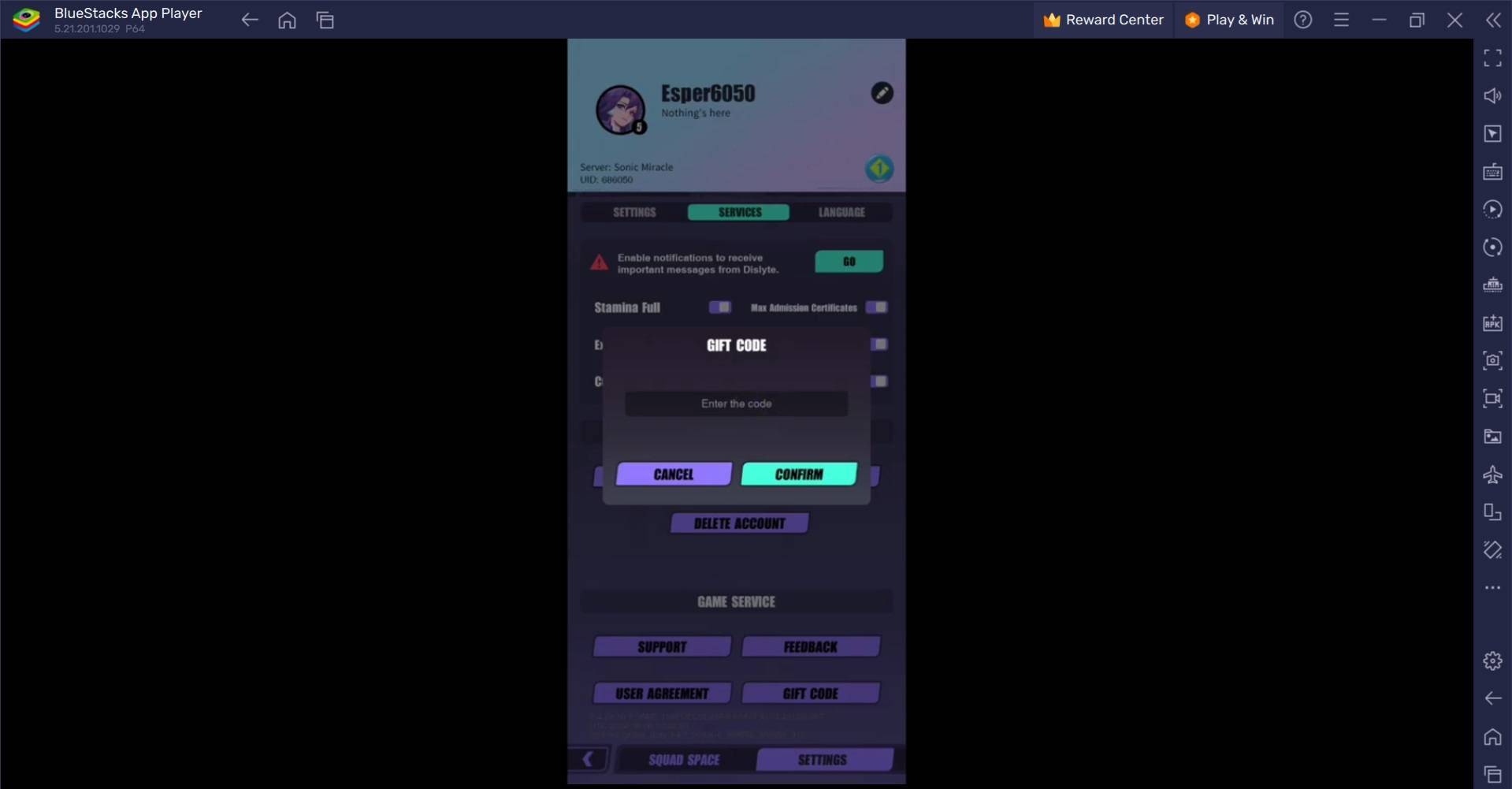Nvidia's DLSS (Deep Learning Super Sampling) revolutionized PC gaming by significantly boosting performance and image quality. This guide explores DLSS's functionality, generational advancements, and comparison to competing technologies.
Contributions by Matthew S. Smith.
Understanding DLSS
DLSS intelligently upscales game resolutions, minimizing performance impact compared to native high-resolution rendering. This is achieved through Nvidia's neural network, trained extensively on gameplay data. Beyond upscaling, DLSS incorporates:
- DLSS Ray Reconstruction: AI-powered enhancement of lighting and shadows.
- DLSS Frame Generation & Multi-Frame Generation: AI inserts frames, dramatically increasing FPS.
- DLAA (Deep Learning Anti-Aliasing): AI-enhanced anti-aliasing for superior image quality exceeding native resolution capabilities.
DLSS Super Resolution, selectable via in-game options (e.g., Ultra Performance, Performance, Balanced, Quality), renders at a lower resolution then upscales to the native resolution. For instance, in Cyberpunk 2077 at 4K with DLSS Quality, the game renders at 1440p, resulting in higher frame rates. While introducing detail not present in native rendering, it can also produce minor artifacts (e.g., shadow "bubbling"). These issues have been significantly mitigated in DLSS 4.
DLSS 3 vs. DLSS 4: A Generational Leap
DLSS 3 (including 3.5) utilized a Convolutional Neural Network (CNN). DLSS 4, introduced with the RTX 50-series, employs a Transformer Network (TNN), analyzing twice the parameters for a deeper scene understanding. This leads to:
- Superior Image Quality: Sharper visuals, improved detail retention, reduced artifacts.
- Multi-Frame Generation: Generates up to four artificial frames per rendered frame, significantly boosting frame rates. Paired with Nvidia Reflex 2.0 to minimize input lag.
While DLSS 4's Multi-Frame Generation is exclusive to RTX 50-series, the TNN model's image quality benefits are available via the Nvidia app for older RTX cards, enabling DLSS Super Resolution, Ray Reconstruction, Ultra Performance mode, and DLAA.
The Impact of DLSS on Gaming
DLSS is transformative for PC gaming, especially for mid-range or lower-end Nvidia GPUs. It unlocks higher settings and resolutions, extending GPU lifespan and offering cost-effectiveness. While Nvidia pioneered the technology, AMD's FSR and Intel's XeSS provide alternatives. However, DLSS 4's superior image quality and frame generation capabilities currently hold a significant advantage.
DLSS's exclusivity to Nvidia cards and developer implementation is a key differentiator from FSR.
DLSS vs. FSR vs. XeSS
DLSS 4 surpasses AMD FSR and Intel XeSS in image quality and frame generation, though both competitors offer viable upscaling solutions. The choice depends on individual needs and GPU ownership.
Conclusion
DLSS is a game-changer, continuously improving. While not flawless, its impact on performance and visual fidelity is undeniable. The emergence of competitive technologies provides gamers with more options, emphasizing the importance of considering individual gaming needs and budget when selecting a GPU.
 Home
Home  Navigation
Navigation






 Latest Articles
Latest Articles










 Latest Games
Latest Games












